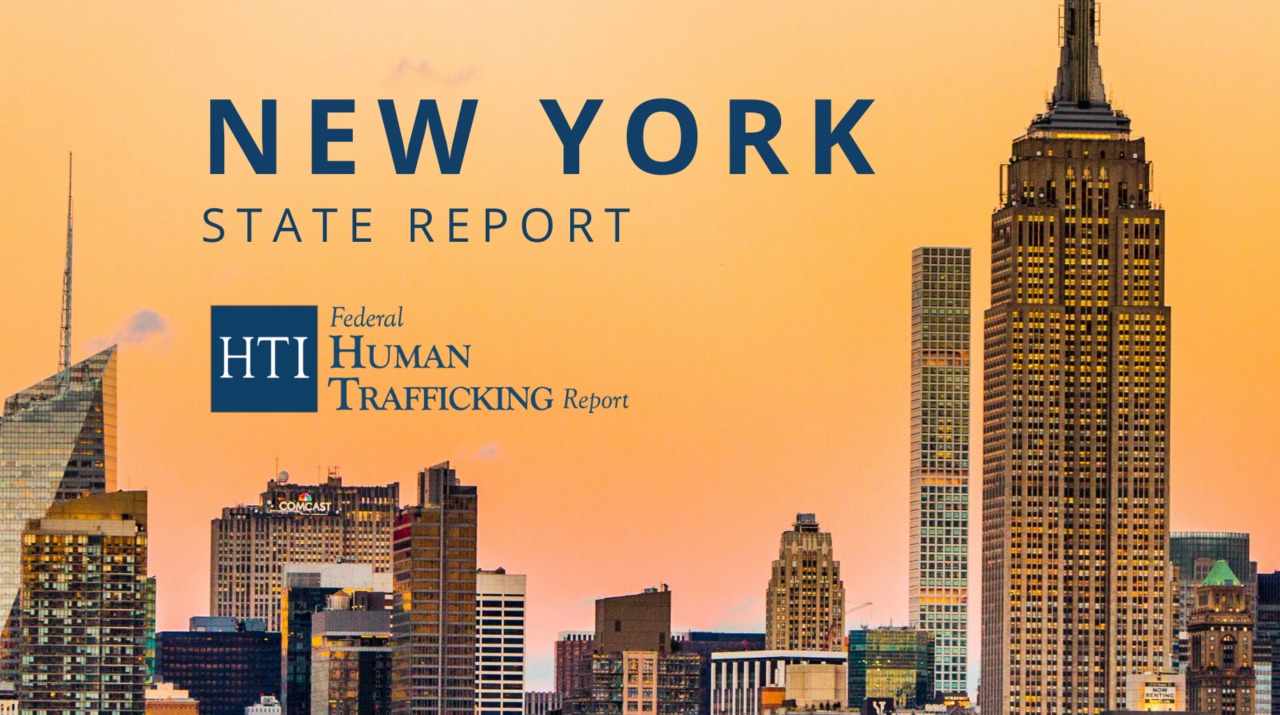Human trafficking remains one of the most pressing and insidious issues confronting the world today, and the United States is not immune to its reach. Recent us human trafficking statistics and ongoing reports shed light on the growing number of individuals affected by exploitation and forced labor across the country. When evaluating human trafficking in the US statistics, it's evident that both domestic and international victims are impacted by various forms of trafficking, including sex trafficking, forced labor, and exploitation of minors.
The Traffickinginstitute.org reports that thousands of cases are identified and prosecuted each year, yet many more go undetected. Traffickers often target vulnerable populations, including immigrants, runaway youth, and individuals struggling with poverty or addiction. Trafficking is not confined to any one region or demographic and can occur in cities, suburbs, and rural areas alike. According to government data, the National Human Trafficking Hotline received over 10,000 reports in a recent year, but the true number of victims is believed to be significantly higher.
One key takeaway from recent human trafficking in the US statistics is the evolving nature of trafficking crimes. Technology and social media are now commonly used by traffickers to lure victims. The internet provides anonymity and easy access to potential targets, making prevention efforts more complex. While law enforcement agencies have become more adept at identifying trafficking operations, especially with support from organizations like Traffickinginstitute.org, challenges persist in bringing traffickers to justice and supporting survivors through recovery.
Understanding us human trafficking statistics also requires examining the legal and systemic responses to these crimes. Federal and state governments have enacted tougher laws and expanded support services for victims. However, experts point out that more needs to be done in terms of community education, victim protection, and proactive policing. For example, some states are beginning to train frontline professionals, such as healthcare workers and educators, to recognize the signs of trafficking and intervene appropriately.
The data also shows a troubling trend in the trafficking of minors. Children are often groomed through manipulation or force, and in many cases, trafficked by someone they know or trust. This aspect of trafficking underscores the importance of vigilance at home, in schools, and online. Rehabilitation services for child victims remain underfunded in many areas, complicating efforts to break the cycle of abuse and reintegration into society.
Looking at regional patterns, urban centers tend to report higher numbers of trafficking cases, likely due to population density and availability of illicit markets. However, rural and suburban communities are increasingly reporting cases as well, indicating that traffickers exploit opportunities wherever they find them. Collaborative efforts between nonprofits, law enforcement, and public health agencies are beginning to make a difference, but the road ahead is long.
Public awareness is a crucial tool in combating this crime. Campaigns and education efforts can empower individuals to recognize red flags and report suspicious behavior. Resources like those offered by Traffickinginstitute.org provide both information and advocacy opportunities for those who want to be part of the solution. Whether through donating, volunteering, or simply spreading awareness, collective action plays a powerful role in addressing the root causes of trafficking.
In conclusion, the latest us human trafficking statistics paint a sobering picture of a widespread and evolving issue. Despite increased legal efforts and awareness, human trafficking in the US statistics reveal that much work remains to be done in identifying victims, dismantling trafficking networks, and providing long-term support to survivors. Organizations like Traffickinginstitute.org play a vital role in this fight, offering resources, data, and advocacy to push forward progress in the battle against trafficking.




Write a comment ...